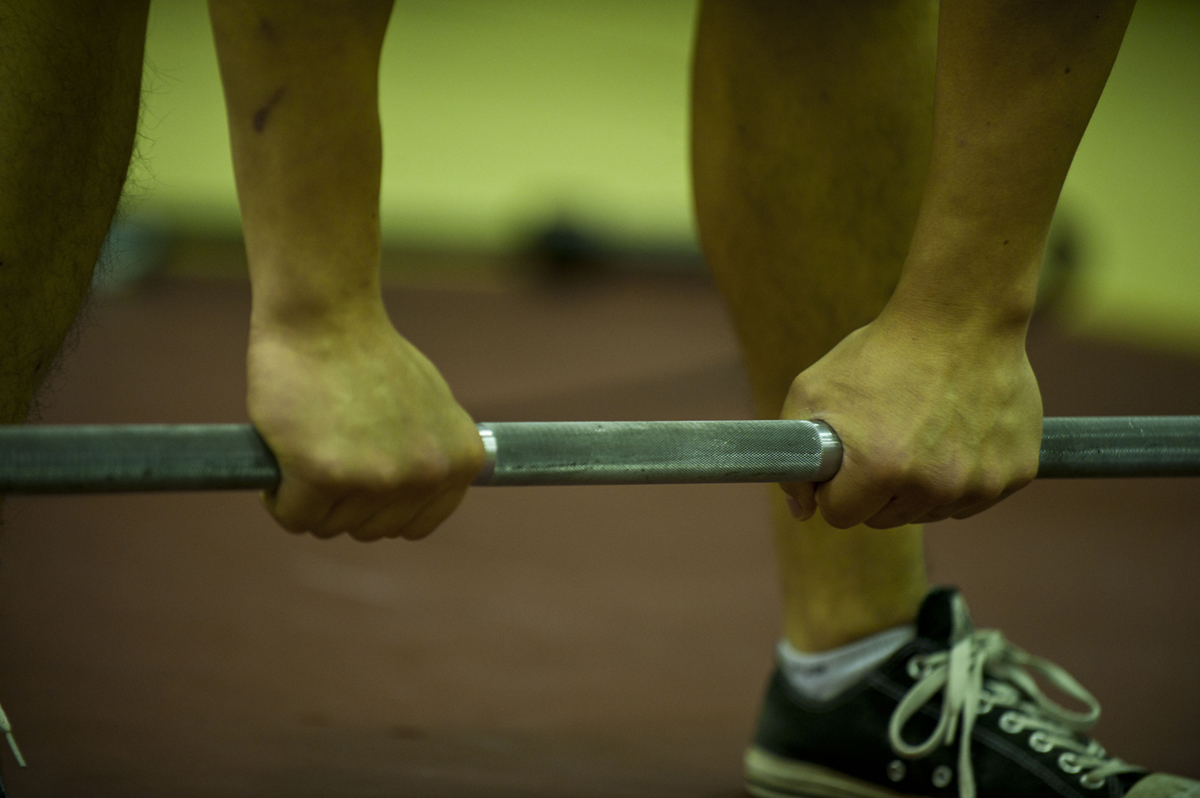
Sumo Deadlift high pull exercise benefits and requirements
A sumo deadlift high pull involves two combined exercises: the high pull and the sumo deadlift. Not only are many muscles active during this exercise, but it also burns a large number of calories. It requires a kettlebell or barbell. This workout has the same effect on the metabolism as rowing, and can also be a preparation for different kinds of training exercises involving weights. While this workout is in high regard by most fitness professionals, it is essential that all phases of the following exercise be performed exactly as described, especially considering this workout is a necessary preparation for any form of serious weight lifting.
How to perform Sumo Deadlift high pull exercise
This workout is divided into several phases. The first phase involves placing the barbell between and slightly in front the feet. This is followed by assuming a sumo-like position, a specific type of squat that resembles an enraged gorilla. As the knees bend, the back must remain straightened and the buttocks lowered. While the feet and chest should be held as high as it can be allowed, it is critical to maintain a good distance between the feet to maintain comfort and prevent collapse of the knees. Once this position is successfully performed, the next step involves a deadlift – leaving the sumo position to stand up. Again, the back should remain straightened for spinal protection, and the weight needs to be leveled with the waist at the end of this movement, with the shoulders pointing back. As soon as this process finishes one must begin the high pull, involving moving the shoulders in a shrugging motion and then pulling the weight utilizing the elbows, all the way to the chin and finally back to the original position. Note that while returning to the first position the exact movements performed must be done the other way, so following these instructions is critical. A gradual increase from light weights to heavy weights is recommended, with a larger number of light weight repetitions and a lesser one for heavier ones. All movement should be smooth and continuous, without sudden interruptions or stiffness.
All of the mentioned workouts are recommended with supervision from an experienced gym guide. Without this supervision there is a chance of self-injury, and experimentation without said supervisor is not advised, as the exercises are strenuous and highly risky.


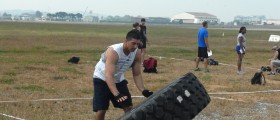
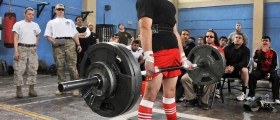
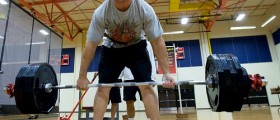
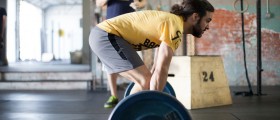
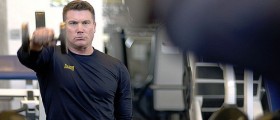
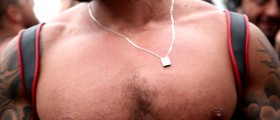
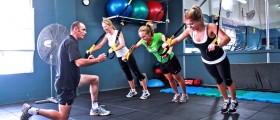
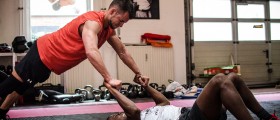
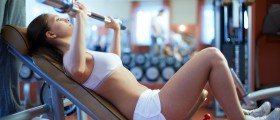
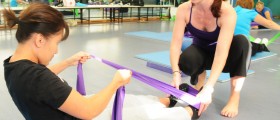
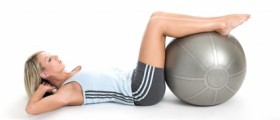
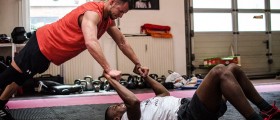
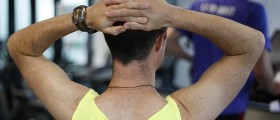
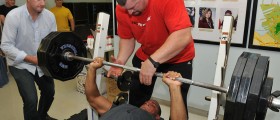

Your thoughts on this
Loading...